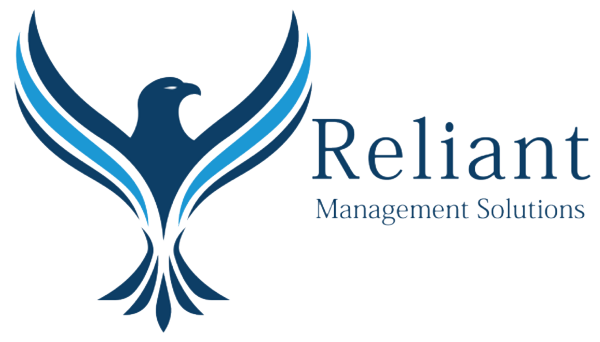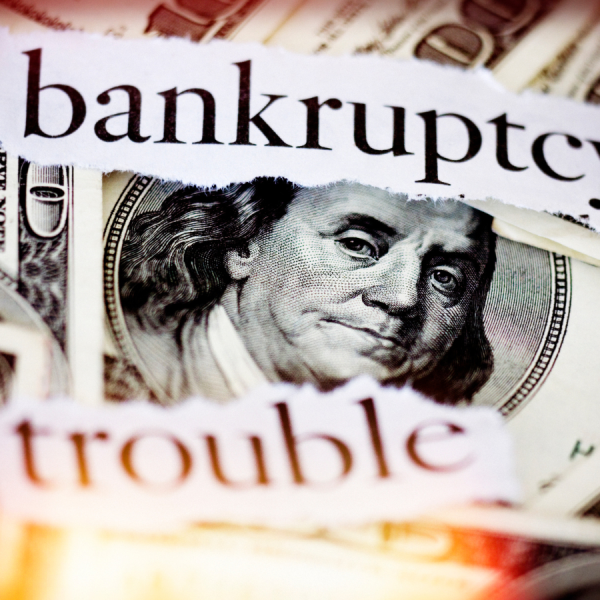Maxing out a credit card can be a stressful situation, but it’s crucial to approach it with a clear strategy. In this blog post, we’ll explore actionable steps to take when you find yourself in the challenging position of having maxed out your credit card, providing guidance on how to regain financial control.
Section 1: Assess the Situation
Face the Numbers:
Start by examining the extent of the damage. Retrieve your most recent credit card statement and take note of the total balance, interest rates, and minimum payment requirements. Understanding the details is the first step toward crafting a plan.
Section 2: Create a Repayment Plan
Prioritize Payments:
Establish a comprehensive repayment plan by prioritizing high-interest debts and paying more than the minimum amount due. Tackling high-interest balances first can save you money in the long run and expedite your journey to debt freedom.
Budget Adjustment:
Reevaluate your budget to free up additional funds for debt repayment. Identify areas where you can cut back on discretionary spending and allocate those resources toward reducing your credit card balance.
Section 3: Contact Your Credit Card Issuer
Negotiate Interest Rates:
Reach out to your credit card issuer to discuss the possibility of lowering your interest rates. Explain your situation and emphasize your commitment to repaying the debt. Some issuers may be willing to work with you to find a mutually beneficial solution.
Explore Repayment Options:
Inquire about any hardship programs or alternative repayment options offered by your credit card issuer. Some companies provide assistance or modified repayment plans for cardholders facing financial challenges.
Section 4: Consider a Balance Transfer or Debt Consolidation
Balance Transfer:
If feasible, explore the option of transferring your credit card balance to a card with a lower interest rate. Be mindful of any transfer fees associated with this process, and ensure that the new terms align with your financial goals.
Debt Consolidation:
Consolidating your debts into a single loan with a lower interest rate can simplify repayment. This approach combines multiple debts into one, making it easier to manage and potentially reducing your overall interest payments.
Section 5: Seek Professional Advice
Credit Counseling:
Consider reaching out to a reputable credit counseling agency for professional guidance. Credit counselors can provide personalized advice, help you create a budget, and negotiate with creditors on your behalf.
Bankruptcy Consultation:
In extreme cases, consult with a bankruptcy attorney to explore your options. Bankruptcy should be viewed as a last resort, but understanding the process and its implications is crucial if your financial situation becomes untenable.
Conclusion:
Maxing out a credit card is undoubtedly a challenging situation, but it’s not insurmountable. By facing the issue head-on, creating a strategic repayment plan, and exploring available options, you can regain control of your finances. Remember, seeking professional advice when needed is a wise step toward finding the most suitable path to financial recovery.






Recent Comments